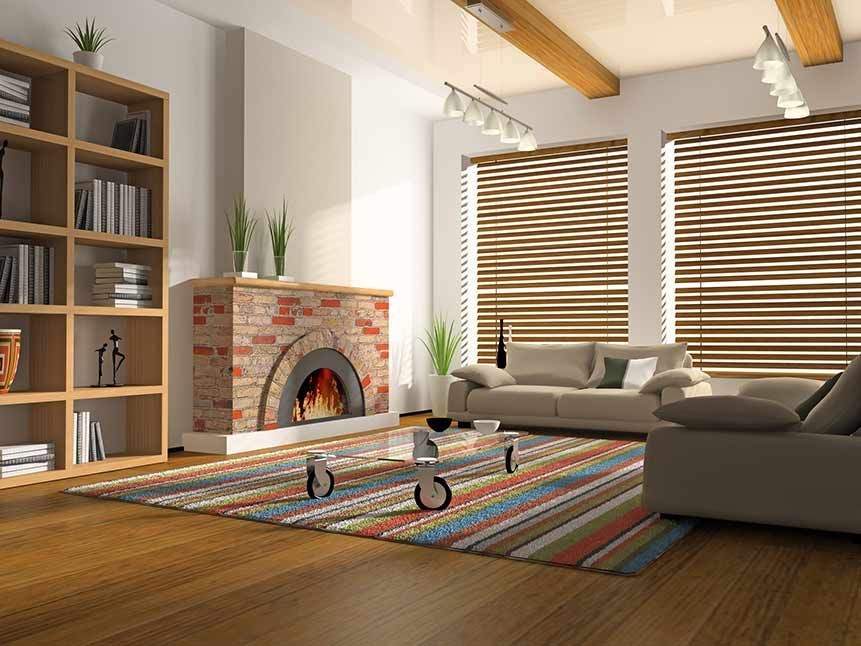In an age of increasing uncertainty about environmental changes, many homeowners are taking a proactive approach to reducing their carbon footprint, especially when it comes to new home design. Other homeowners, however, fail to realize all of the potential for green design. This article will expand your knowledge of eco-friendly design techniques by discussing three ways to reduce the environmental impact of your next home.
1. Choose Bamboo
Most people will agree that traditional hardwood floors offer wonderful performance benefits and tremendous visual appeal. Unfortunately, hardwood floors often come with significant environmental costs, thanks to the slow growing time. While sustainable hardwood options do exist, they tend to carry a much higher price tag, making them prohibitively expensive for many people.
Fortunately, you can still enjoy the good looks and exceptional performance of hardwood at a fraction of the cost by installing bamboo floors instead. Compared to trees, which can take as long as 20 years to reach maturity, a bamboo plant can be ready to harvest in as little as 5 years.
Better yet, bamboo plants don't need to be reseeded after harvesting. The roots simply begin producing additional shoots at once. These facts allow manufacturers to easily replenish their bamboo supply, thus ensuring low prices and high sustainability.
Be aware that the bamboo flooring industry is not as closely regulated as the hardwood industry. Low regulations mean that not all bamboo flooring will meet the same environmental standards. Select a manufacturer who voluntarily conforms to the ecological standards of the Forest Stewardship Council, or FSC.

